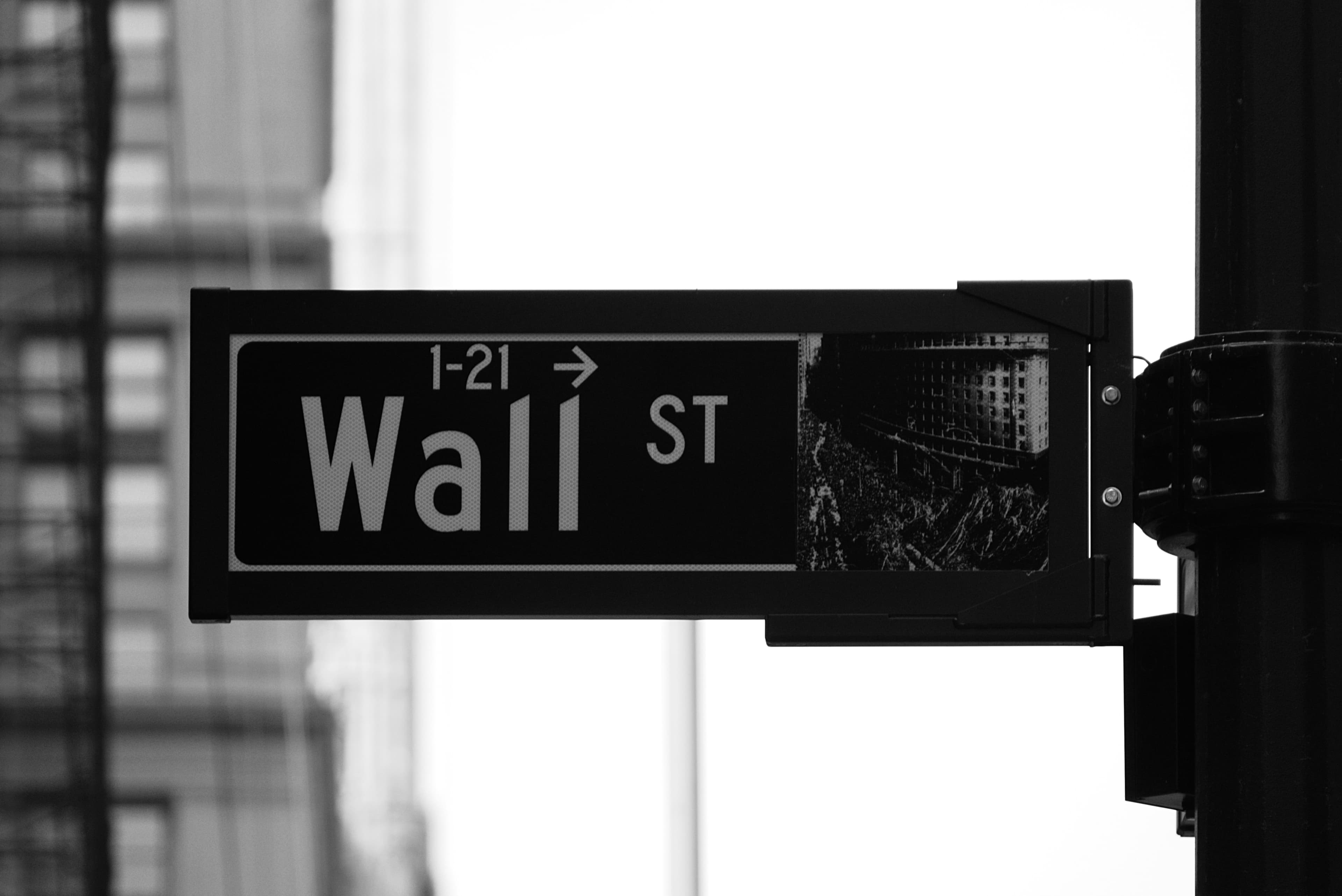How to Spot the Rare Companies Buffett Loves: Smart Capital Allocation Explained
When Warren Buffett says he “particularly favors the rare enterprise that can deploy additional capital at high returns in the future,” I sit up and pay attention. That’s not just a passing comment. That’s a compass heading.
It’s one of those deceptively simple phrases from his annual letters that packs a world of meaning. If you truly understand what Buffett is pointing to with that sentence, it changes how you analyze a business—and more importantly, it changes the kinds of businesses you want to own.
In this post, I want to unpack exactly what Buffett meant, why this idea is critical for Rule #1 investors, and how you can use it to identify the kind of companies that don’t just grow—they compound.
The Real Meaning of "Deploying Additional Capital"
Let’s start with Buffett’s words:
“We particularly favor the rare enterprise that can deploy additional capital at high returns in the future.”
At first glance, that might seem like corporate finance jargon. But let’s break it down into plain English.
When a business earns money—real cash, not just accounting “earnings”—it has to decide what to do with it. Before any decisions are made, the business will use a portion of that cash to maintain what it already has. That’s called maintenance capital expenditure—replacing old equipment, fixing infrastructure, keeping operations humming.
Then there’s what we might call planned growth. A company might open more stores, expand production capacity, or hire more staff. These are the growth capital expenditures that support predictable expansion.
What Buffett is talking about goes beyond both of those. He’s talking about the free cash flow that remains after the company has already paid for both maintenance and its expected growth—and then has cash left over to put to work in new, high-return ways.
That’s the “additional capital.” And deploying it well is the difference between a business that merely grows and one that compounds value for years or even decades.
Why It’s So Rare—and So Valuable
Buffett calls this kind of business “rare” for a reason. Most companies simply don’t have excess capital after funding operations and growth. And those that do often don’t know what to do with it.
In many cases, the money just sits there. Some tech companies have stockpiled billions in cash, either out of caution or because they have no clear idea how to invest it effectively. That might look safe on paper, but if that money is just sitting idle, it drags down return on equity and signals poor capital efficiency. Over time, that erodes shareholder value.
Other companies may spend the cash—but not wisely. They might chase flashy acquisitions outside their circle of competence, expand too quickly, or invest in vanity projects that don’t move the needle. In these cases, the problem isn’t a lack of cash—it’s a lack of judgment.
This is why Buffett—and we as Rule #1 investors—care so deeply about the way a company deploys its capital. When a business can repeatedly reinvest its excess capital into projects or products that generate high returns, it sets off a virtuous cycle: earnings grow, cash grows, reinvestment grows, and so on.
That’s compounding. That’s how Buffett built Berkshire. And that’s what we’re looking for.
Real-World Examples
Amazon: Reinvesting to Reinvent the Industry
Take Amazon. In 2024, Amazon Web Services (AWS) generated over $108 billion in revenue and grew at 19% year over year. That kind of scale didn’t happen by accident. AWS was the result of Amazon taking excess capital from its retail operations and reinvesting it into cloud infrastructure—a move that reshaped the entire tech industry.
But Amazon hasn’t stopped there. In their latest shareholder letter, CEO Andy Jassy detailed plans to invest billions more into artificial intelligence, including custom AI chips like Trainium2. These are not small bets. They are carefully calculated reinvestments of capital into areas where Amazon has both expertise and leverage.
This is exactly what Buffett meant: taking the excess capital and deploying it internally into high-return, high-leverage opportunities.
Meta: A Bold Bet on the Future
Meta has taken a similar—but riskier—path. In 2025, the company expects to spend between $60 and $65 billion in capital expenditures, much of it going toward AI development and infrastructure expansion. This includes investments in advanced data centers and even acquiring a 49% stake in AI startup Scale for $14.3 billion.
While Meta’s aggressive reinvestment strategy has drawn criticism, it's clear that Zuckerberg is not letting cash sit idle. The company’s free cash flow margin remains strong, and the investments appear to be aligned with Meta’s long-term roadmap.
This kind of bold allocation of capital doesn’t guarantee success, but when done thoughtfully, it reflects the rare mindset Buffett appreciates.
When It Goes Wrong: The Case of Family Dollar
Contrast that with Dollar Tree’s 2014 acquisition of Family Dollar. The deal was supposed to create a retail powerhouse. Instead, it became a cautionary tale.
Dollar Tree paid $8.5 billion for Family Dollar and struggled for years to integrate the two brands. In 2025, the company announced plans to offload hundreds of Family Dollar stores—at a steep loss. The move not only failed to generate expected returns but also burdened the parent company with debt and distracted management from more profitable growth opportunities.
This is what misallocation looks like. The capital was spent, but the return was negative.
Capital Allocation Checklist
Understand how a company spends its free cash flow, and predict future performance with confidence
What Rule #1 Investors Should Look For
So how can you, as a Rule #1 investor, spot companies that deploy capital wisely?
Start by tracking two key numbers: free cash flow and return on invested capital (ROIC).
If a company is consistently generating high free cash flow and its ROIC is greater than its cost of capital, that’s a good sign. It means the business is not just making money—it’s reinvesting it in ways that produce more money. That’s the flywheel effect.
But numbers alone aren’t enough. You also need to assess management. Are they transparent about their capital allocation strategy? Do they explain why they’re reinvesting in certain areas? Are they buying back stock when it’s undervalued or just to juice the share price?
As Buffett reminds us, the quality of capital deployment is directly tied to the quality of management. That’s why Berkshire doesn’t just invest in businesses—it invests in people.
The Takeaway: Compounding Is a Choice
At the heart of this discussion is a truth that every investor must understand: compounding doesn’t happen by accident. It’s the result of disciplined capital allocation—year after year.
Great businesses don’t just grow. They know how to take their success and reinvest it to create more success. They do it by staying in their circle of competence, by rewarding shareholders wisely, and by never settling for idle cash.
Buffett’s filter—finding companies that can deploy additional capital at high returns—isn’t easy to apply. But when you find one of those rare businesses, you hold on tight. Because that’s how fortunes are made.
Want to learn how to spot capital-efficient companies like Buffett does?
👉 Download our free Capital Allocation Checklist 👉 Or join our next Rule #1 Investing Workshop to learn how to evaluate ROIC, FCF, and management quality like a pro.

